Developers fear unfair state-specific levies will make solar more expensive
Madhya Pradesh’s new levy on solar developers selling power to entities other than the state distribution companies (DISCOMs) has confirmed the industry’s fear that more states are formulating laws to squeeze solar projects through state-specific levies. The state has announced a Harit Urja Vikas fee of Rs. 0.10/kWh on electricity sold to non-DISCOM consumers. This fee will be applicable to all renewable energy projects with consumers outside Madhya Pradesh. Additionally, in the case of open-access projects, the levy will apply to the entire electricity generated by projects.
Madhya Pradesh’s levy goes a step further in scope than Rajasthan, which imposes a cess between Rs. 200,000 and Rs. 500,000 per MW annually on developers for supplying power to utilities other than DISCOMs in Rajasthan. While the Rajasthan levy is effective on DISCOMs of other states, the green energy levy in Madhya Pradesh will also be borne by commercial and industrial units (C&I) located within the state and procuring solar power through open access.
A developer stated that other states would also start looking at solar projects as an easy and attractive source of revenue. “The Madhya Pradesh fee is akin to the state shooting itself in the foot as its domestic C&I base will suffer due to more expensive solar power.” Another developer specializing in solar open-access projects mentioned that “the Rs. 0.10/kWh levy will not make projects unviable but will surely eat into the profits. Also, the question is not about how it will affect captive or third-party projects but the fairness of imposing such fees. This goes against the growth and development of the renewables sector.”
Over the past few years, C&I consumers all across the country have moved towards renewable energy, especially solar energy, as it has provided meaningful savings in energy costs. By going green, C&I units have gained more credibility and attracted fresh business while being able to secure loans at a reasonable rate as well.
The suite of fees imposed by DISCOMs is adding pressure on developers by cutting into their profits and potentially increasing the cost of projects. States must ensure that the growth of renewables is not hampered if they aim to contribute meaningfully to India’s renewable energy goals.
Suggested Articles

Sustainable Solar Panel Disposal
Solar recycling operations use mechanical methods to remove aluminum frames and grind the remaining glass, silicone, and metals into a glass cullet mixture. This glass cullet forms building materials and industrial applications.
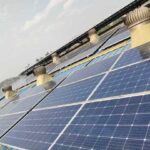
What is the Difference between a poor installation and good installation?
Solar Panels: A lot of duplicate panels , used in solar power plant…
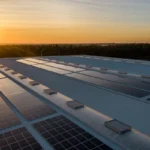
7 Common Myths about Solar Energy in India
Solar power is not only less expensive, but it is also the most abundant source of clean energy.

Latest MNRE List: Approved Solar Module Manufacturers
Check the latest MNRE-approved list of solar module manufacturers to ensure quality and compliance for your solar projects in India.
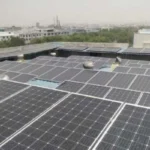
Haryana and UP Face Delays in Solar Net Metering Approvals
Net metering for rooftop solar in Haryana and Uttar Pradesh faces procedural delays, affecting solar adoption and efficiency for residential and commercial consumers
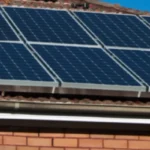
EIB commits €1 billion to support green hydrogen in India
The European Investment Bank (EIB), the bank of the European Union, has joined forces with the India Hydrogen Alliance (IH2A) to increase support for the development of green hydrogen projects across India.
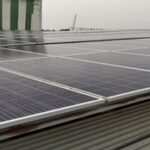
Solar panel selection demystified
With rapid growth in solar PV sector in India, market is…
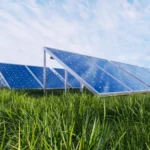
Challenges in Module Supply and Policy Slow India’s Solar Projects
India’s utility-scale solar projects face delays due to module supply shortages and policy challenges, impacting the growth of renewable energy.
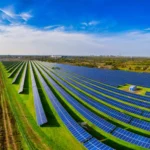
India’s Solar Capacity Growth Slows Down in Q1 2023
India’s solar capacity growth slowed in Q1 2023. Explore the factors behind the slowdown and its impact on the country’s renewable energy progress.
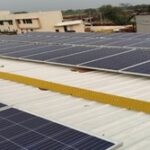
How Solar PV modules are made?
To make a Solar PV Module, solar cells are joined physically…